The content of the article
Peonies, which are perennial flowering plants, are very common in Russian garden and summer cottage areas: thanks to their inexpressible sweetish aroma and beautiful and gradually opening flowers, they have earned their popularity among many people. However, their cultivation is associated with one very serious problem: not only neighbors from nearby areas will want to evaluate the smell of peonies, but also ants who, as you know, are very fond of food that is sweet and rich in carbohydrates.
These insects, first of all, want to enjoy a tasty product, and secondly, to provide their own family with sufficient reserves for the future, because as a result of the activity of the entire ant colony, peonies lose their juice, and the integrity of the structure, and flower stems seriously risk never heal their “wounds”, which are left from a huge number of procuses.
Some representatives of insects can harm even those flowers that have not yet blossomed and do not possess any taste. This is the most negative side of the ants, since such actions on their part directly interfere with the multiplication of flowers.
It is interesting: it has long been believed that the presence of ants near peonies is a certain sign to their future flowering, therefore they have not fought against insects for a long time, believing that beetles and even small birds harm flowers. With the development of gardening, this myth has been refuted experimentally.
Ways to rid pions of ants
Methods of dealing with these insects are classified depending on the method of their elimination and the principle of action. So, you can get rid of ants with the help of various traps, baits and more humane ways that involve the use of odors that these insects do not tolerate.
Setting a flower trap
One of the sides should be abundantly smeared with vaseline, the smell of which the ants cannot transfer. Such a simple trap will help, firstly, to prevent insects from entering the trunk to the buds, and secondly, to quickly wean them from the habit of eating flowers with plants.
Interestingly, many people who are fond of breeding ants, smear the upper sides and corners of the enclosures with petroleum jelly to prevent their escape.
Using poison baits
The classic method of cooking poisonous bait, which, by the way, is also used to fight cockroaches and mice, implies the use of a small amount of boric acid, the ingestion of which into the insect's body literally paralyzes all internal organs.
The composition of such bait must necessarily include some sweet ingredients that should attract the attention of ants during their next approach to the plants.You can use honey, jam, refined sugar, some cheap candy and other similar products.
Important: it is necessary to locate the bait either in the immediate vicinity of the flowers, or on the favorite paths of insects (they are very easy to find after a few minutes of observation).
The usual baits, which can be quickly made with one or two eggs, water and flour, act as a bait frame. In the process of modeling, you need to add about a drop or two of boric acid to each small cake and then evenly distribute a small amount of the selected component from those listed above throughout the entire volume of the individual bait.
If insects try these cakes, they will lose the ability to move in about 5-6 seconds, and die in half a minute. After applying the baits, it is recommended to pour a pinch of vitamins to nearby plants and water them abundantly.
Use of folk remedies
Folk remedies have one indisputable advantage: the solutions and mixtures used are always devoid of any chemicals and aggressive substances that can harm the structure of plants.Get rid of the ants who have decided to eat flowers, you can use a special solution dilution, which must be sprayed with peonies. To prepare and use it:
- Pick some fragrant leaves of lavender, mint, parsley or wormwood, and then pour boiling water over them in some vessel.
- After the agent is infused (for this it needs at least an hour), it should be poured into a spray bottle or sprayer.
- Spray the solution over the entire stem and leaves of each pion.
- The remaining means to pour the earth around the flowers.
Such a remedy is, firstly, completely harmless to pions, and secondly, it can keep insects away from the area on which it was sprayed for a long time. It is recommended to repeat the procedure to fix the effect two to three times a week.
Tip: the ants are completely unable to transfer the smell of garlic, because you can either spread out a few of its cloves near the plants, or rub them with the juice of the stems.
Measures to prevent the appearance of ants on the site
In order not to use any of the above methods, you can take measures in advance to prevent the occurrence of ants on the site in general and, as a result, they build their own shelters and “roads”.
To do this, it is sufficient to remove any wood materials from the site, remaining, for example, from repairs or located in the rear area of the site “in reserve” on bare ground. This is due to the fact that ants can easily transfer small chocks to arrange their homes, and since they are colonial insects, their number can increase significantly in a relatively short time. The described requirement also applies to old rotten trees, small branches and, especially, stumps (in which insects can build a full-fledged anthill).
It is also necessary to remove food debris from the site, not allowing it to lie down in packages on the street. A few ants will quickly inform the rest of the colony of the presence of food in any territory, and again their number will increase significantly.
It is important to note that the idea of the complete destruction of ants through the chemical treatment of the entire area is completely meaningless, because it will disrupt the ecological balance, which will lead to the appearance of other insects, such as aphids.
Video: how to deal with ants

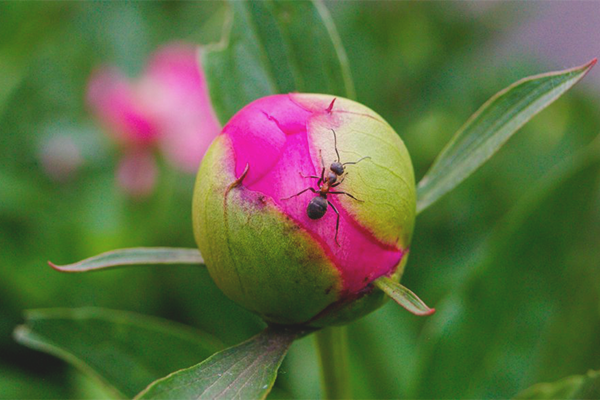
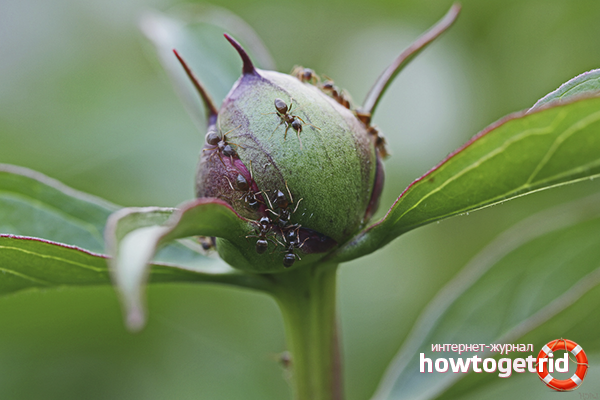

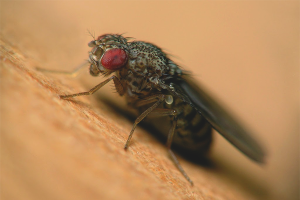
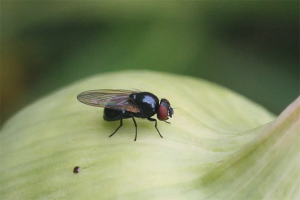


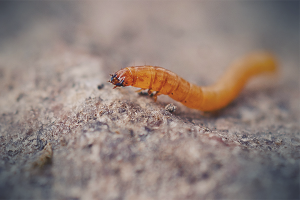
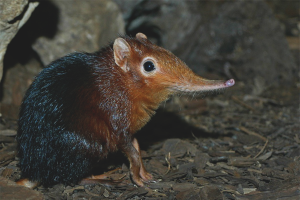


To send